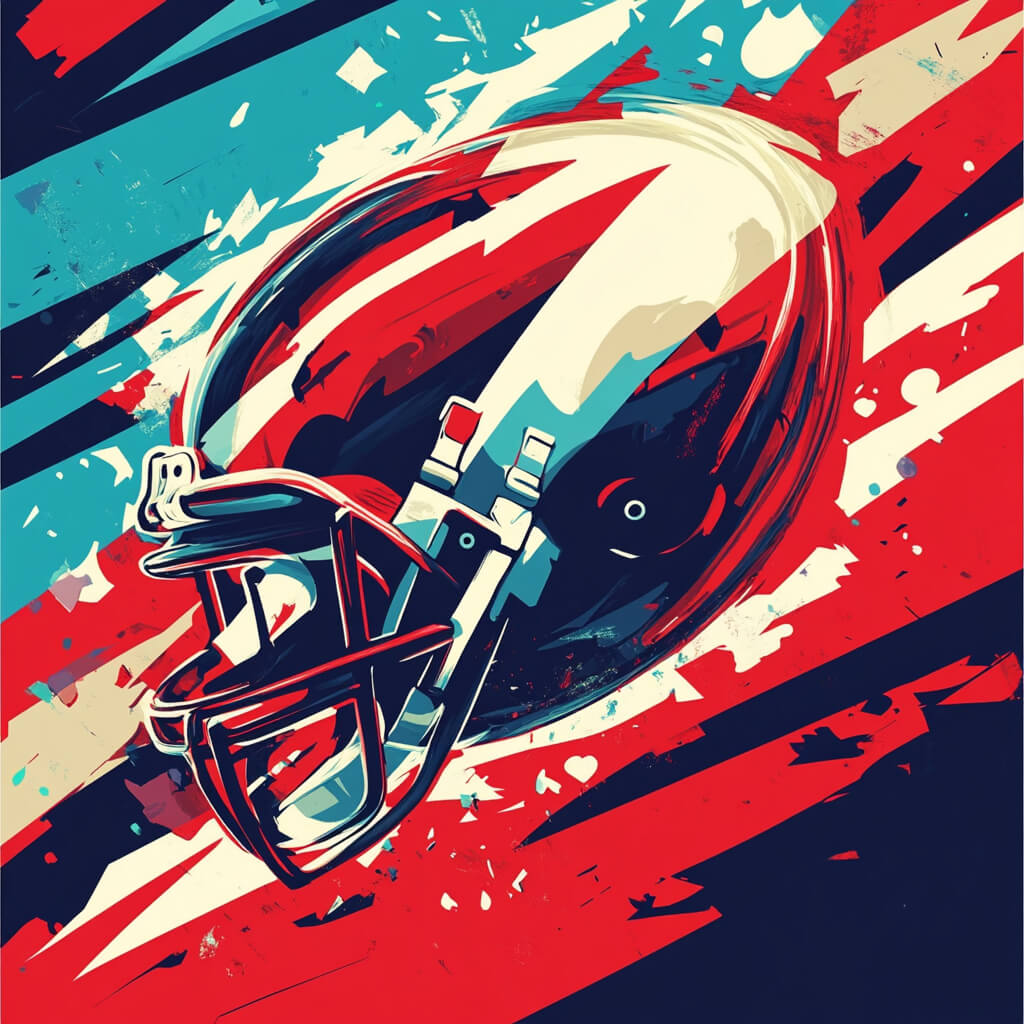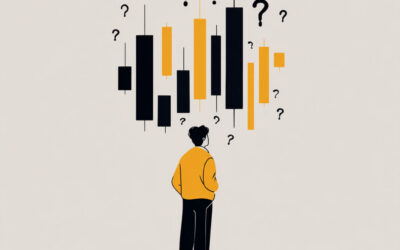Super Bowl commercials are known for their massive price tags, but they’re not just about entertainment—they’re an investment. While the average cost of a 30-second spot now exceeds $8 million, some brands have proven that this investment can generate a significant return. Let’s look at a few iconic examples that demonstrate how Super Bowl ads can deliver a positive ROI.
GoDaddy: The Power of Controversy and Consistency
GoDaddy is one of the best examples of a company that leveraged Super Bowl ads to catapult its brand to prominence. Its 2005 commercial, which featured risqué humor and pushed boundaries, resulted in explosive web traffic and brand awareness. After its first Super Bowl ad, GoDaddy saw an immediate 63% spike in domain registration sales, which more than justified the $2.4 million price tag. The controversy surrounding the ad gave GoDaddy additional free media coverage, amplifying its reach far beyond the game itself. By consistently advertising during the Super Bowl for over a decade, GoDaddy solidified its position as a leader in the domain and hosting space.
Budweiser: Mastering Emotional Storytelling
Budweiser has long been a Super Bowl advertising powerhouse. From its Clydesdale horses to its humorous and heartwarming campaigns, Budweiser’s ads have left an indelible mark on viewers.
One of its most successful ads, “Puppy Love” (2014), told a heartwarming story of friendship between a puppy and a Clydesdale. The ad generated over 56 million YouTube views within a week and helped Budweiser increase sales by 7.6% in the quarter following the Super Bowl.
Another Budweiser classic, “Wassup?” (1999), became a cultural phenomenon with its catchy tagline. This ad significantly boosted Budweiser’s brand awareness and contributed to its status as one of the best-selling beers in the U.S. Let’s face it, was anyone able to escape the catchy tag-line that year?
A follow-up success came in 2015 with “Lost Dog,” a sequel to “Puppy Love” that resonated with audiences and reinforced Budweiser’s dominance in Super Bowl advertising.
T-Mobile: Capitalizing on Humor and Celebrity Power
T-Mobile has consistently relied on humor and star power to make its Super Bowl ads memorable. In 2021, their ad featuring Dolly Parton’s twist on her hit song “9 to 5” as “5G for All” captured widespread attention. The campaign positioned T-Mobile as a leader in the 5G race, increasing brand preference and driving new subscriptions. In 2022, their campaign featuring Zendaya and Eugene Levy continued to solidify their position, contributing to significant subscriber growth.
Volkswagen: “The Force” (2011)
Volkswagen’s “The Force,” which featured a young boy dressed as Darth Vader attempting to use “The Force” on the family car, was an immediate hit. The ad generated over 17 million YouTube views before the Super Bowl even aired and contributed to a 26% year-over-year increase in Passat sales in the following months.
Why Super Bowl Ads Deliver Positive ROI
Super Bowl ads succeed because they go beyond the moment of airing—they spark conversations, maintain momentum post-game day, and can reach beyond the game through social platforms. For example, brands like Budweiser and GoDaddy have shown that a mix of emotional storytelling, humor, and on-going web traffic can drive lasting financial results.
When executed well, Super Bowl ads don’t just lead to sales—they create brand loyalty, cultural relevance, and a halo effect that lasts far beyond the big game. For companies that understand their audience and craft compelling messages, the Super Bowl stage is more than just an expense—it’s an opportunity for exponential growth.







